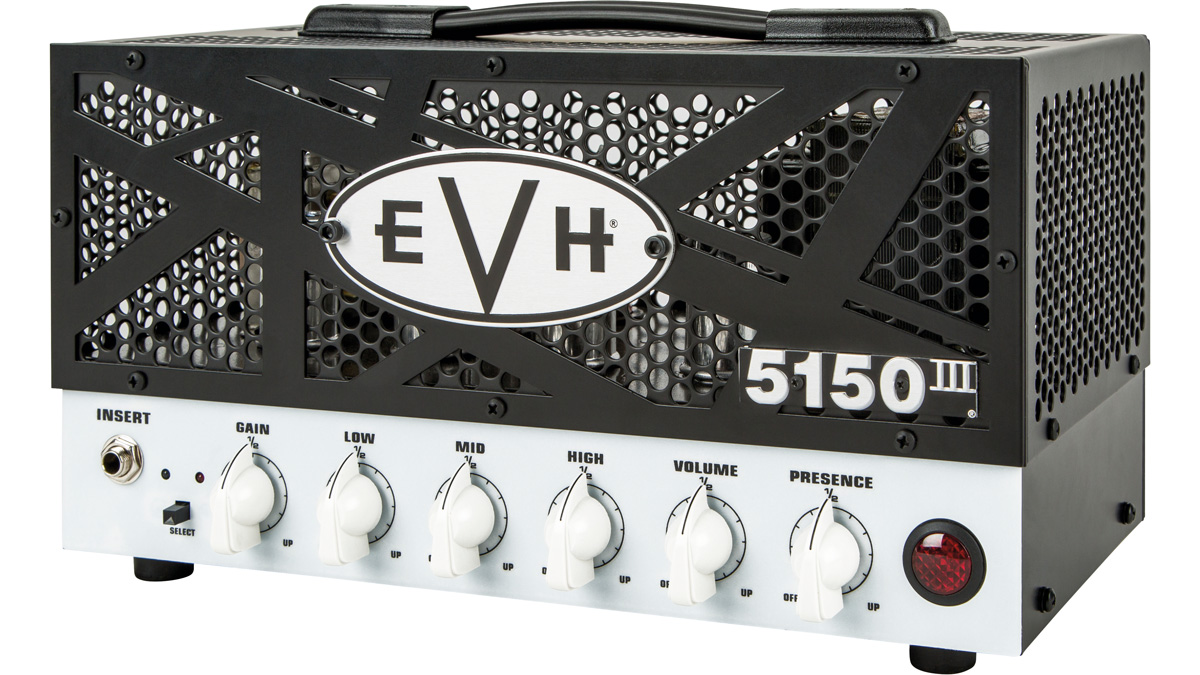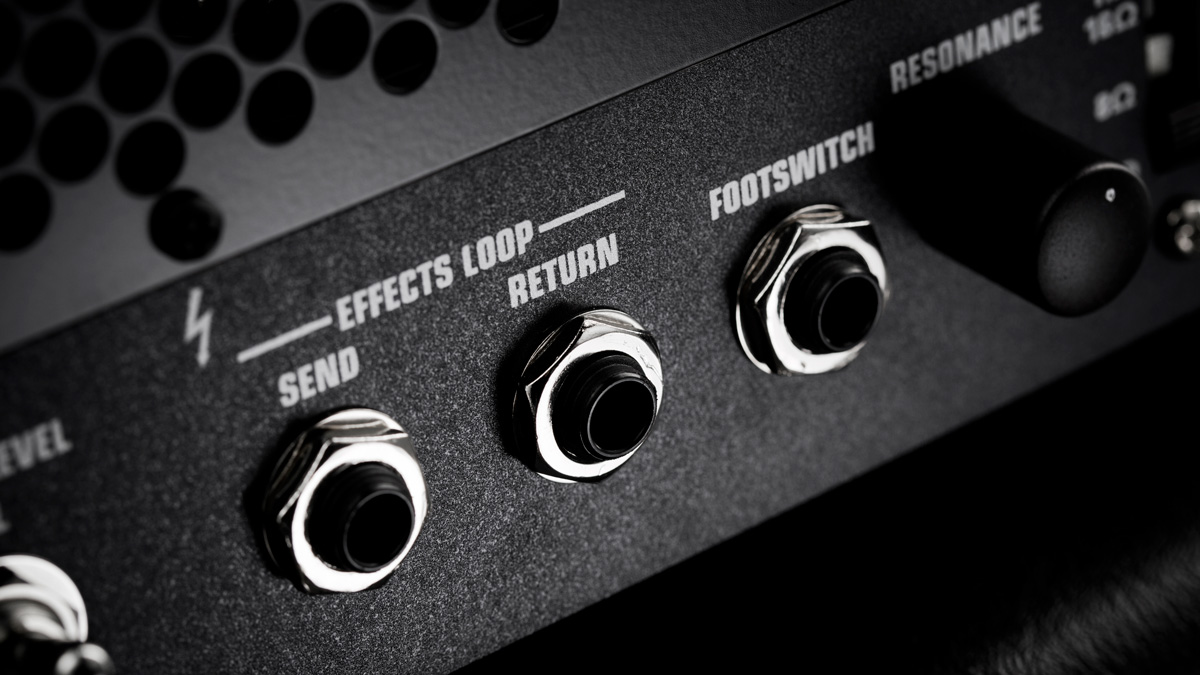MusicRadar Verdict
If you want to sound like Eddie but don't have a huge budget, this is the amp you've been waiting for.
Pros
- +
Packed with features and well priced.
Cons
- -
None.
MusicRadar's got your back

EVH 5150 III LBX

EVH 5150 III LBX
Most amp makers offer a metal-cased lunchbox amp these days, but EVH has been slow to join the party - until now.
With one of guitardom's most enviable user lists - including, of course, Mr Van Halen himself - any new addition to the EVH range is significant, but it's particularly true at this price.
While the 5150 LBX is small, there's no compromise in the construction or circuitry. It's built to a very high standard, with a robust printed circuit board holding most of the components, and a tough steel chassis supporting two oversized transformers.
Cosmetically, it looks the business, with a powder- coated EVH 'stripe' logo fixed to the front of the perforated steel cover, and a smart white control panel with ivory chicken-head knobs.
The 5150's preamp section is all-valve, with no less than five 12AX7s generating a huge onslaught of rock and metal overdrive tones. The designers have opted to do away with the clean channel and keep the blue (crunch) and red (lead) channels everyone uses, so the smart front panel is clear and easy to understand, with controls for gain, low, mid and high EQ, volume and presence.
"It comprehensively blows other lunchbox heads away."
There's a single input jack, a small push-button switch to change channels, and a large mains indicator light. The rear panel has mains and standby switches together with a quarter-power option that knocks the output down to around four watts.
It's surprisingly fully featured for a lunchbox amp, with a series effects loop, jack for the single button footswitch, resonance control to tweak the 5150's low-end response, and a single speaker outlet with an impedance switch. Overall, it's good-looking, well-built and ready to rock.
We try out the 5150 LBX with its matching 2x12 extension cab and a variety of different guitars - Strats, Les Pauls and a Floyd- equipped Strat with PAF-style humbucker. Even though the LBX lacks a proper clean channel and shares its controls, there's more than enough range on the blue 'crunch' mode to cover most needs, going up to the kind of sustain that most amp builders would give you for a lead sound.
Activate the red 'Full Burn' mode, and the overdrive and distortion is borderline insanity, with so much gain that even the weediest single-coil pickups turn into high-gain solo monsters.
Use the presence and rear-mounted resonance controls to dial in the LBX's power amp, and you can easily nail the almost over the top 'brown' sound that's an integral part of Eddie's style and technique, making pinched harmonics, extended trem dive-bombs and legato tapping almost too easy.
But the LBX isn't a one-trick pony - back off the gain, add a little midrange and you can get 80s Brit-rock as well as cleaner, 70s classic rock tones, too, and a pretty good 'nearly clean' sound by rolling off the guitar's volume in blue mode. Plugged into its matching 2x12 cabinet, there's more than enough power for small-to-medium gigs, while the quarter-power option is handy for recording, when you want a fully cranked sound at lower volume.
Compared with other lunchbox heads, the 5150 LBX does the same thing its full-sized versions do to most other amps in this genre - it comprehensively blows them away. It's a flame-thrower of tone that gives you the authentic EVH sound and response in a small, portable package that's more affordable than ever and way better than a pile of transistorised wannabe boxes.
That's the most important thing about the 5150 LBX: it's the real deal - all-valve from input jack to speaker jack. That can make it less controllable than a solid-state facsimile, but learn how to drive it with picking dynamics and your guitar's volume and tone controls, and you'll be rewarded with one of the best rock guitar tones to ever come out of a box this small.
However, to really appreciate the LBX's carefully crafted bottom-end, you'll need a decently-sized speaker cabinet that isn't going to be so portable, but it's so worth it.
“A synthesizer that is both easy to use and fun to play whilst maintaining a decent degree of programming depth and flexibility”: PWM Mantis review
“I feel like that song had everything we needed to come back with”: Bring Me The Horizon’s Lee Malia on Shadow Moses, its riff and the secrets behind its tone, and why it was the right anthem at the right time
“I said, ‘Are we sure we can write a song about death?’”: The story of Mike + The Mechanics' classic No.1 The Living Years









